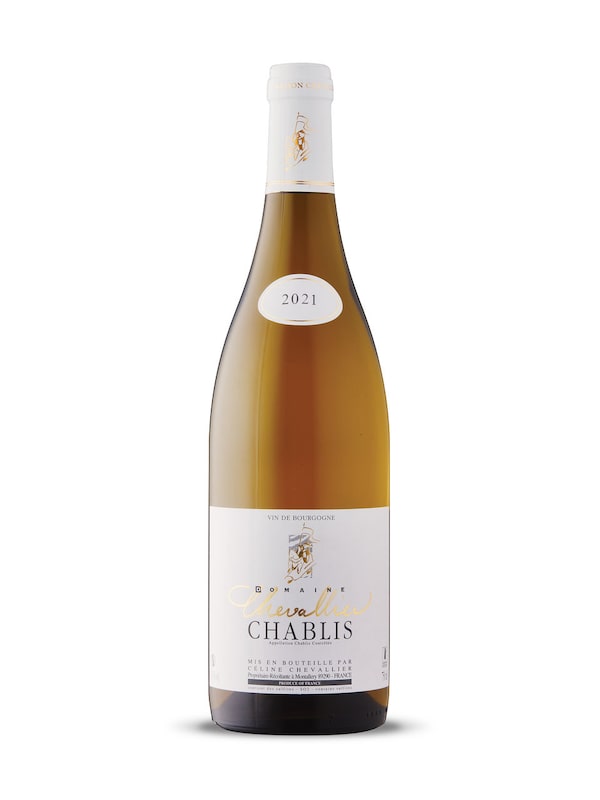When Hugh Johnson wrote the first The World Atlas of Wine in 1971, the British wine writer carved his subject matter into two camps: traditional winemaking countries, where ancient Romans planted vines, were classified as the Old World. Everywhere else was grouped into the New World.
The Old World and New World classifications gave Johnson’s reference book a launching off point, but many readers missed his qualifying remark that the New World exists wherever there is refrigeration. In his mind, the classic regions set the standards, but technology trumps tradition in winemaking circles. As soon as a winemaker could control fermentation and fine-tune other production techniques, they were living in a different world so to speak.
However, 50 years later, Old World versus New World distinctions continue to be made, usually as shorthand to convey the style of a wine. Old World wine styles typically have higher acidity, lower alcohol, more complexity and less fruity flavours. By contrast, New World wines are ripe and richly concentrated, with high alcohol, lower acidity and pronounced fruit flavours.
It’s common in wine appreciation classes to conduct comparison tastings of an introverted Chablis compared with an extroverted Napa Valley chardonnay to showcase the stylistic differences. But with warming temperatures creating riper styles of wine around the world and increasing technological innovation, it’s possible to find a boisterous “in your face” white wine from Burgundy as well as focused and refined chardonnays from California and elsewhere in the so-called New World.
European wine labels often broadcast the place where the grapes were grown as opposed to naming the grape variety responsible. It’s a sign that a winemaker’s goal wasn’t to make a great chardonnay, cabernet or pinot noir, they want to produce wine with a sense of place, what the French call terroir, a difficult-to-define term that comprises the unique attributes that are specific to a particular region or vineyard. The value of fine wine depends on where it comes from.
Producers in North and South America often use their labels to focus consumer attention on a brand and grape varieties, with a secondary mention of the region or vineyard. But what about the rise of declared appellations and single vineyard wines that show quality producers have adopted best winemaking practices from top European producers to the nth degree?
An increasing number of winemakers are working diligently in vineyards to make wines that showcase the place, the people and the growing season responsible for the flavour that ends up in the glass. There’s no validity to separating producers by an arbitrary New World or Old World classification, when it’s ultimately a question of whether they are taking a modern or traditional approach to winemaking.
The six wines recommended this week come from producers working in France and Italy, South America and Australia that have embraced traditional as well as modern methodologies in their vineyards and cellars.
Clemente VII Gran Selezione Chianti Classico 2019 (Italy), $35.95

Made by the Castelli del Grevepesa, a winemaking co-operative in Chianti Classico, this 2019 Gran Selezione is an earthy and mature expression of sangiovese. A complex fragrance of tobacco, herbal and tart cherry notes are showcased as part of this red wine’s rich and refined character. The structure and intensity make this a well-priced example of Chianti Classico’s top-of-the-line Gran Selezione which requires winemakers to use 100-per-cent sangiovese from a single estate. Drink now to 2030. Available at the above price in Ontario.
Cono Sur Bicicleta Pinot Noir 2021 (Chile), $12.95

An individual subsidiary of Viña Concha y Toro, Cono Sur produces an extensive portfolio of wines in Chile, with a particular attention paid to pinot noir. This affordable expression shows an attractive silky texture with red fruit with earthy and floral notes. It’s a lighter red wine that benefits from serving lightly chilled. Drink now. Available at the above price in Ontario, $12.99 in British Columbia and Manitoba, various prices in Alberta and Saskatchewan, $11.95 in Quebec, $13.99 in New Brunswick, $13.97 in Nova Scotia, $15.59 in Prince Edward Island.
Domaine Chevallier Chablis 2021 (France), $32.95

Céline Chevallier took charge of this family-owned domaine in Montallery after her father’s retirement in 2018. The latest release shows she’s sticking to conventional Chablis style, with a nicely balanced white wine with appealing ripe character (pear and yellow apple) countered by bright lemony acidity. The creamy texture, which is comparable to Greek yogurt or almond milk, adds to the enjoyment and complexity. Drink now to 2027. Available at the above price in Ontario.
Los Clop Reserva Paraje Altamira Cabernet Sauvignon 2017 (Argentina), $23.95

The family-owned Clop winery produces wine from three different estates in Mendoza, including the celebrated Paraje Altamira region in the Uco Valley. This expressive medium-bodied cabernet sauvignon offers intense dark fruit flavours with spice, cedar and tobacco notes. It’s made in a modern style, with rich oak-derived flavours and creamy texture, that gives the crowd-pleasing character. Drink now to 2026. Available at the above price in Ontario, various prices in Alberta.
Skuttlebutt Sauvignon Blanc/Semillon 2022 (Australia), $19.95

Made by Stella Bella winery in Margaret River, Skuttlebutt is a blend of sauvignon blanc and semillon in virtually equal parts. The finished wine is racy and refreshing, with bright citrus (lime zest, grapefruit) and grassy (herbal, pea pod) aromas and flavours. It’s a mouth-watering style that’s best enjoyed in its youth. Drink now. Available at the above price in Ontario.
William Fevre Petit Chablis 2022 (France), $32

William Fevre, which controls more than 50 hectares of vineyards in 90 parcels, ranging from Chablis village status to Grand Cru sites, is a good name to know. The company’s vineyards are either organically certified or undergoing conversion to organic farming practices. The Petit Chablis appellation was created in 1944 to collect chardonnay wines not included in the standard Chablis region, which includes the prized premier and grand crus sites. This is a solid example of the refreshing, crisp and citrusy style – wine geeks would call it “steely” – that makes for a great aperitif or wine to enjoy with a meal. Drink now. Available at the above price in Ontario, $38.99 in British Columbia, various prices in Alberta, $39.99 in Manitoba.
 Christopher Waters
Christopher Waters